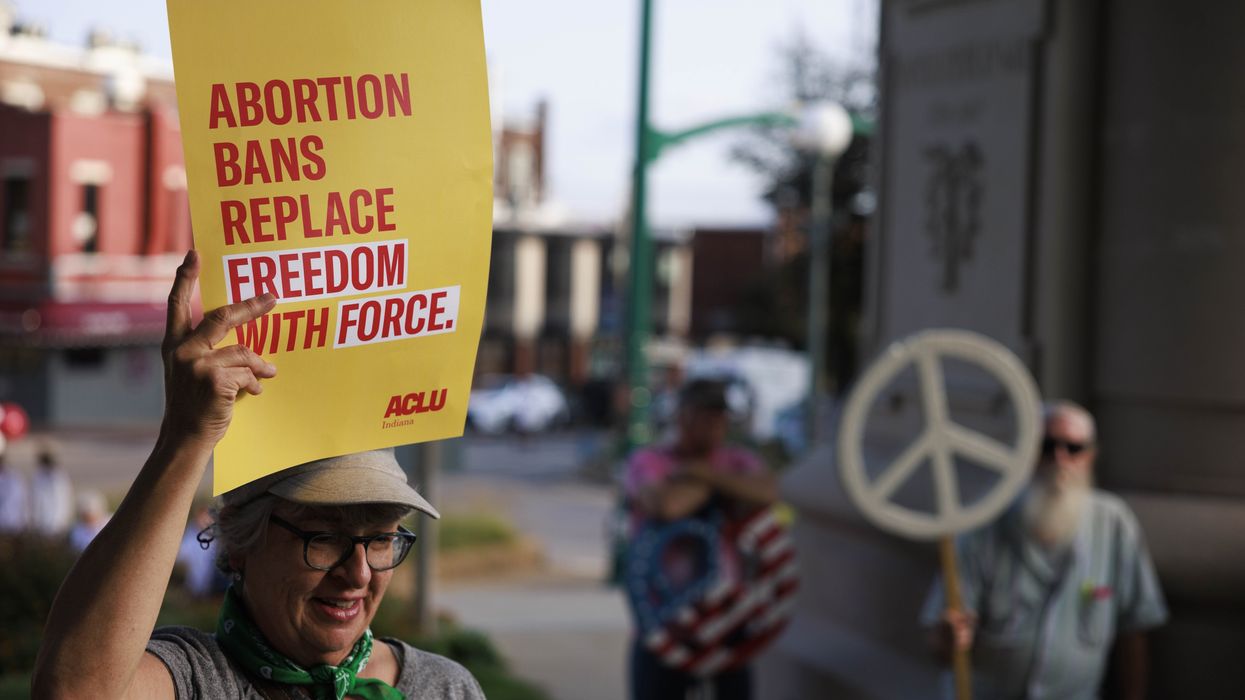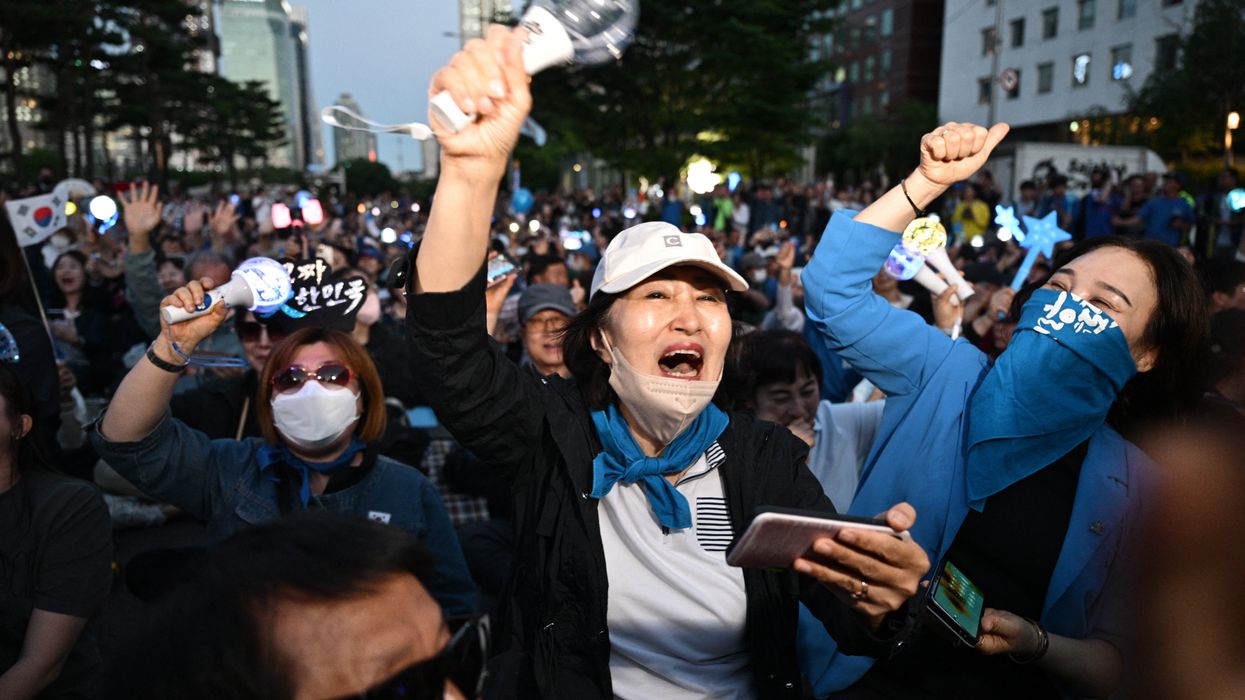Trump's Fascist National Security Strategy Is Full of Hemispheric Menace
The document promotes white supremacism, xenophobic nationalism, militant patriarchy, and takes a brazenly imperialist approach to Latin America.
On Thursday, December 4, the White House released a new National Security Strategy, a document that lays out the Trump regime’s “America First” designs on the world order.
The Trump regime’s new United States National Security Strategy (hereafter the “T47NSS”) is a significantly fascist as well as classically imperialist document.
Channeling far-right racist “Great Replacement Theory” and the notion of creeping “white genocide,” the T47NSS claims that Europe is facing “civilizational erasure” because of loose immigration policies. It commits the US to “promoting European greatness” by aligning with “patriotic European parties” that want to keep their nations majority white.
This is a call for US to promote racist and xenophobic nationalist, blood and soil, neofascist, white-nationalist parties like German’s Alternative for Germany (AfD), Vox (Spain), Austria’s Freedom Party, the Netherlands’ Party for Freedom, the Swedish Democrats, the Danish People’s Party, the Brothers of Italy (Lega), France’s National Rally, and the like.
It is... an appeal for the US to drop egalitarian and missionary pretense while unabashedly pursuing nothing but raw profitable advantage in dealing with other nations.
The T47NSS calls for the US to “deepen ties” with “the healthy nations of Eastern, Central, and Southern Europe,” by which the administration means nations where authoritarian, racist, nativist, and patriarchal parties hold power.
Not satisfied to promote just 2 of the 3 great pillars of neofascism—white supremacism and xenophobic nationalism—the document makes a full-throated cry to the third—militant patriarchy—by declaring that the Trump regime wants to create a new American “golden age” that “cannot be accomplished without growing numbers of strong traditional families.” That is not-so veiled code language for the rolling back of women’s, gay, and trans rights in the US—a curious thing to be advocating in a foreign policy document.
Along the way, the T47NSS channels the fascist cult of personality with laudatory references to President Donald Trump and his supposed superior vision, which is said to be bringing about a “course correction” steering the US away from what Trump calls (in a cover letter at the front of the document) “disasters and catastrophes” rooted in the “weakness” imposed by the “extremism” of “radical gender ideology” and “woke lunacy.”
Contrary to myth, fascism is imperialist, not “isolationist.” The T47NSS’ much ballyhooed call for a retreat from supposedly democratic US-America’s supposed democracy- and freedom-promotion in Russia, the Middle East, Asia, Africa, and Latin America is not at all an argument for US global retreat. It is instead an appeal for the US to drop egalitarian and missionary pretense while unabashedly pursuing nothing but raw profitable advantage in dealing with other nations.
The T47NSS takes a brazenly imperialist approach to Latin America. It calls for the US to “enforce the Monroe Doctrine to restore American preeminence in the Western Hemisphere,” “protect… our access to key geographies throughout the region,” restrict Latin American immigration, prevent non-US companies from winning business contracts in Latin America, and “enlist” pro-US and pro-business governments across the region in support of US regional dominance.
That makes for some darkly interesting reading as the US commits cold-blooded extrajudicial executions of Venezuelan and Colombian people in the Caribbean and prepares for a possibly imminent regime change war on Venezuela. The T47NSS’ call for the US to shift its global military footprint more heavily onto the Western Hemisphere—away from more distant “theaters whose relative import to American national security has declined”—suggests that the Trump fascist regime’s ongoing war crimes and ominous military buildup in the Caribbean will continue and indeed intensify. The document is rightly seen as menacing by Latin Americans and most especially by the people of Venezuela and Colombia.
The T47NSS calls for the US to sustain America's “military overmatch” of China to deter its chief competitor state in the Western Pacific. That contradicts not just the notion of the Trump regime as isolationist but also the notion that the regime is content to grant China unchallenged dominance in its own regional sphere of influence.
Trump’s NSS cover letter is darkly amusing. It says that “America is strong and respected again and because of that we are making peace all over the world”—this as the Trump regime is shown to have criminally executed more than 80 mariners and boat passengers in the Caribbean and Eastern Pacific over the last three months and as the Trump Pentagon assembles massive military assets for a likely criminal regime change war on Venezuela. So far the Trump regime’s aggression against Venezuela has graduated from the criminal serial killer boat strikes to declaring the air space over that country closed to flying fighter jets over the nation to seizing a Venezuelan oil tanker just off the nation’s coast, an act of brazen piracy capped by trump claiming the US will “keep the [interdicted ship’s] oil.”
Trump is also threatening to attack Colombia, saying this about that nation’s left president: “He’ll be next soon. I hope he’s listening, he’s going to be next.”
It is likely that the US is more disrespected around the world than it has ever been under Trump47.

